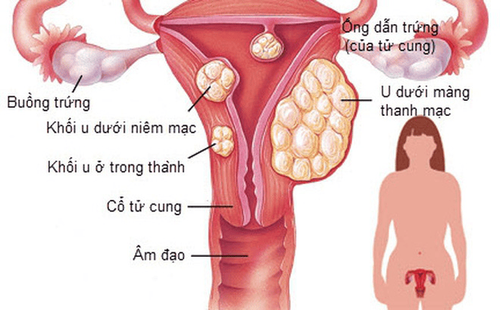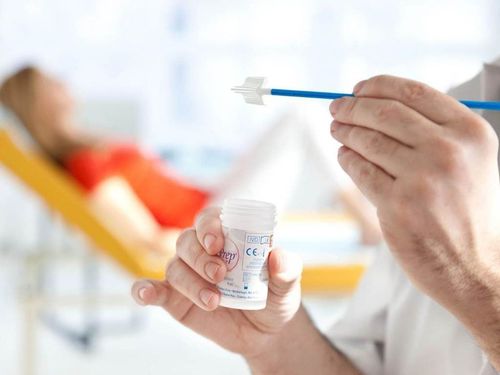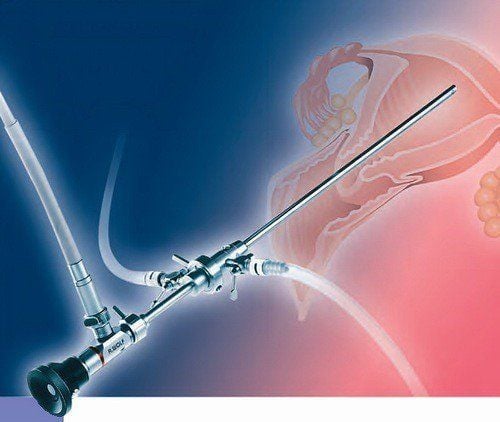This is an automatically translated article.
The article is professionally consulted by Master, Resident Doctor Nguyen Thi Tam - Clinician - Reproductive Support Center - Vinmec Times City International Hospital.Hysteroscopy is one of the modern techniques in the diagnosis and treatment of gynecological diseases in particular and women's health care in general. This is an invasive procedure, giving a clear image of the inside of the uterine lining, helping doctors have an accurate basis for identifying the disease as well as combining other procedures to treat the disease.
1. Indications and contraindications for diagnostic hysteroscopy
Probing hysteroscopy is a method that uses assisted instruments (a small camera tube called a hysteroscope) to view the internal structure of the uterus. The endoscope is inserted through the vagina and transmits the image signal to a viewing screen. Other instruments will be used in conjunction with the endoscope to treat the lesions.In the following cases, the patient is prescribed hysteroscopy for a more accurate diagnosis and necessary treatment:
Unexplained abnormal uterine bleeding Postmenopausal bleeding Infertility Implant failure Combined endoscopic interventional hysteroscopy in the treatment of uterine adhesions, uterine polyps, uterine malformations... Contraindicated diagnostic hysteroscopy in pregnancy, inflammation unstable gynecological infections.

2. Preparation for diagnostic hysteroscopy
An obstetrician and gynecologist is a person who directly performs hysteroscopy steps with specific preparation from means, instruments, patients...Steps to perform diagnostic hysteroscopy:
Disinfection of the genital area Catheterization and catheterization Vaginal valve or speculum cervical pairing with Pozzi clamp Insert the diagnostic laparoscope into the uterine cavity to observe and evaluate the cervical canal, uterine cavity, mucosa uterus and 2 fallopian tubes. Patients after hysteroscopy should be carefully monitored after hysteroscopy. The doctor needs to monitor the whole body, pulse, blood pressure, and vaginal bleeding for several hours after the procedure. In case of complications, the patient should be treated promptly and effectively.
Some complications when diagnostic hysteroscopy may occur include:
Uterine perforation: The doctor needs to stop the procedure, conduct laparoscopy to assess the damage of uterine perforation, and treat it flexibly. Active according to the state of injury Complications related to circulatory overload due to the fluid that stretches the uterine cavity into the blood vessels. To avoid this complication, surgery should not be too long (over 30 minutes), must control the amount of fluid in and out, use a dedicated continuous suction pump Infection: Patients need to use prophylactic antibiotics to Limiting this complication In order to minimize the risk of complications during diagnostic hysteroscopy, the patient should be examined carefully before performing the procedure. Besides, it is necessary to perform the procedure in reputable, modern and safe medical facilities.

Please dial HOTLINE for more information or register for an appointment HERE. Download MyVinmec app to make appointments faster and to manage your bookings easily.














